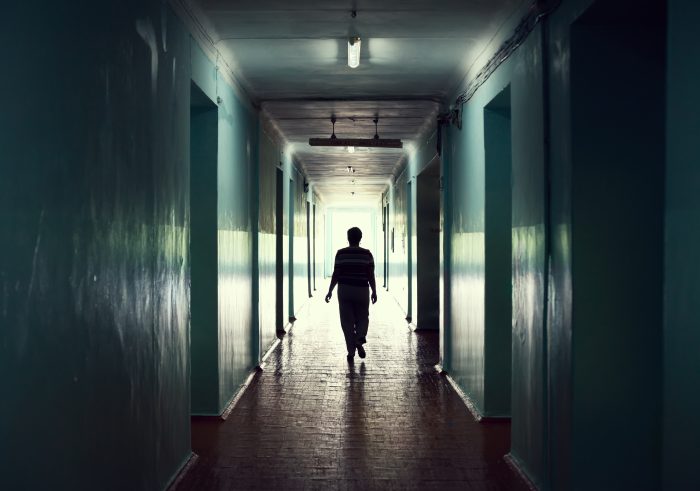Last week, U.S. District Judge Greg Stivers ruled that abortion facilities in Kentucky aren’t required to have ambulance transfer or transport agreements with local hospitals, allowing EMW Women’s Surgical Center — Kentucky’s only abortion facility — to remain open. The now-overturned law had been challenged by EMW, the ACLU, and Planned Parenthood of Indiana and Kentucky (PPINK), and Planned Parenthood wasted no time celebrating the ruling, announcing that it could being committing abortions in Kentucky again (emphasis added).
We are thrilled that women in Kentucky who need this medical service [read: abortion] will be able to access it here. We look forward to helping those women.
Meanwhile, others touted the ruling as a “victory for women” and slammed the law as unnecessary. The sad reality, though, is that government officials need to step in to police the abortion industry, because they’re doing a terrible job of regulating themselves.
Take EMW itself. State inspectors found the abortion facility to be “filthy,” with unlicensed abortions committed in dirty conditions and using expired medicines.
READ: In 2016, 16 of 17 Texas abortion centers failed inspections, with one fined $20K
Whole Woman’s Health is another example. Like EMW, the Whole Woman’s Health (WWH) abortion chain has tried to fight laws requiring facilities to meet the same standards of other ambulatory surgical centers. And like EMW, WWH has a long history of health violations, including rust spots on suction machines, unlicensed personnel, problems with infection control, expired medicines, and improperly sterilized instruments. One WWH facility in Texas even racked up 17 pages worth of violations.
The last abortion facility in Mississippi is owned by Diane Derzis, a figure frequently fawned over by pro-choicers. But Derzis has a spotty record that she’s tried to cover up with “happy, warm” decor. Derzis was forced to close a previous facility in Birmingham, Alabama after three patients were hospitalized on the same day and the facility was found to have 76 pages worth of health code violations. Derzis’ lavish home, meanwhile, is complete with a jacuzzi and skyline views of Jackson. Abortion pays.
There are countless more examples.
- A Delaware Planned Parenthood facility subjected patients to bloody tables and unsterilized instruments, and didn’t clean rooms between procedures.
- In Virginia, not a single abortion facility passed inspection, with nine facilities racking up a combined 80 pages of violations. Most didn’t meet basic health standards, used expired medications, and couldn’t differentiate between clean and dirty instruments. One facility bragged about committing abortions after Hurricane Sandy, when the facility was flooded with two inches of water, including in the surgical room, and had mold throughout. Another facility had blood and “conception material” frozen to the bottom of its freezer.
- In Michigan, one abortionist — Lisa Harris — bragged about using kitchen tools during abortions. Another facility was shut down when it was found to be in disgusting condition, with stained medical equipment, trash near lab equipment, dripping blood, unsterilized medical equipment, a leaky roof, and more.
- A Missouri Planned Parenthood was forced to stop committing abortions after an inspection found black mold in the suction machine, as well as rusty cabinets, bloody tubing, and a “black substance” dried to the bottom of the glass suction canister.
- Notorious late-term abortionist Leroy Carhart is also alleged to keep his facilities in disgusting condition, with blood on surgical instruments, illegal drug use among his staff, and illegal dumping of biohazardous waste, patient records, and drugs.
Meanwhile, abortion facilities and chains across the country fight tooth and nail against regulations that would keep these kinds of violations from continuing to happen. As it stands now, in many states tattoo parlors, tanning salons, fast food restaurants, and veterinary clinics are held to higher standards than abortion facilities are. Facilities can go years on end without being inspected.
Abortion activists say that abortion needs to remain legal so that women won’t be butchered in back-alley abortions — but honestly, with the current state of affairs, how are legal abortion facilities any different?







